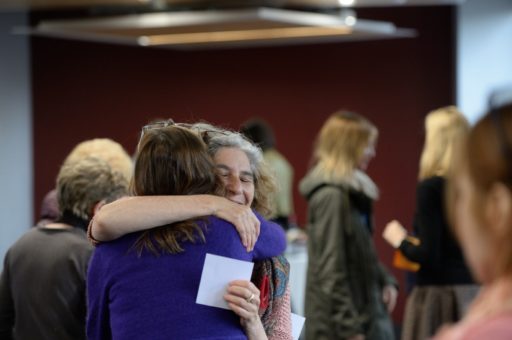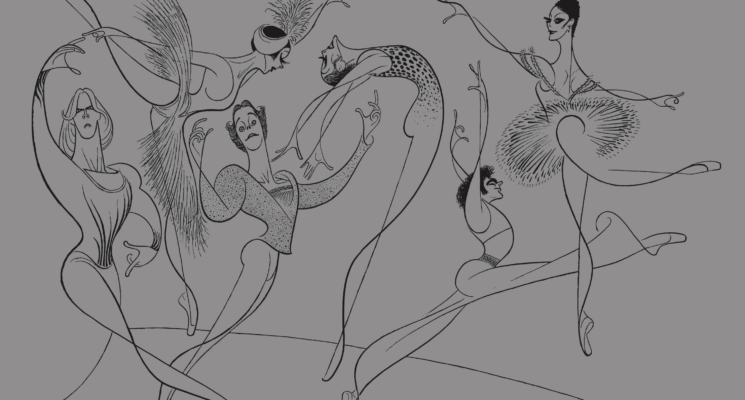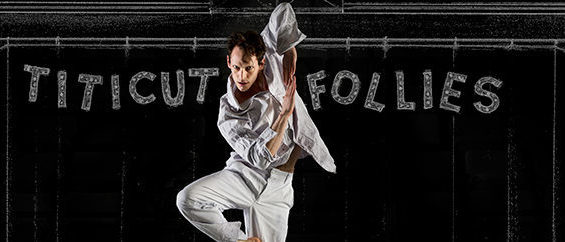This talk featured Dr. Susan Jones’s (CBA ’16) lecture, “Grace in the Twentieth Century,” part of her CBA project on “Rewriting Grace in the Modern World.” Jones discussed the relationship between grace and dance as well as the physical, theological, and classical roots of the term “grace.” And she considered “anti-grace,” describing preferences for the movement of machines over the movement of human bodies in late-nineteenth and twentieth-century dance and theater.
Above all, Jones argued for ballet and dance as significant means of examining changing notions of grace over time. To support her case, she shared an array of visual materials. When discussing grace as an ideal, she presented iconic images including Raphael’s The Three Graces, Nicolas Lancret’s La Camargo Dancing, and photographs of Eurythmics dancers at Hellerau. Turning to anti-grace, she shared clips of the ballet Petrushka, drawing connections between the work of Heinrich von Kleist, Michel Fokine and Samuel Beckett. To show how ideas of puppetry and machinery were favored by some twentieth-century artists, Jones shared clips from Oskar Schlemmer’s Triadisches Ballett, the Dadaist film Le Ballet Mécanique, and Beckett’s Quadrat 1+2. Demonstrating how the relationship between human and mechanized representations of grace continues to be used in dance today, Jones cited Conrad Shawcross’s moving sculpture for the Royal Ballet’s Metamorphosis Titian 2012 and showed footage of the dancing robot of his Ada Project 2014.
Jones’s presentation was wide-ranging. In addition to the above, she touched on the work of Meyerhold, Adolph Bolm, and Twyla Tharp, among others. The presentation was followed by a Q&A with the audience.


















